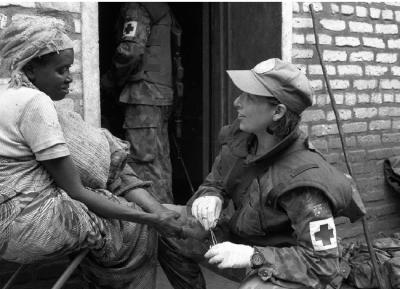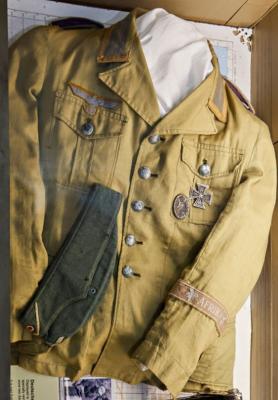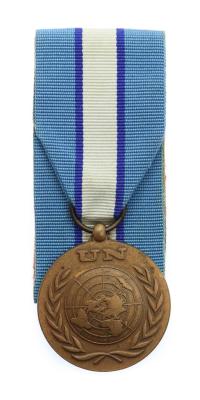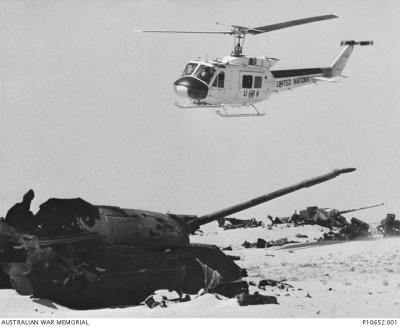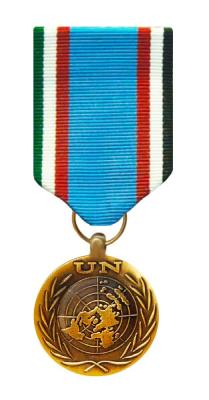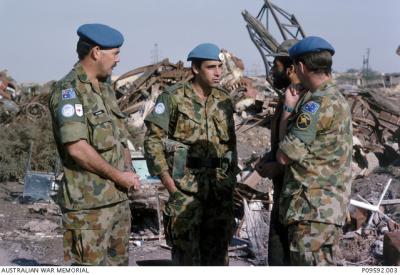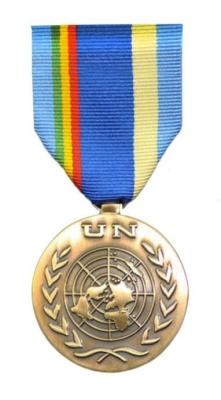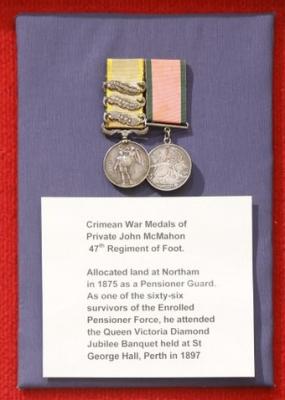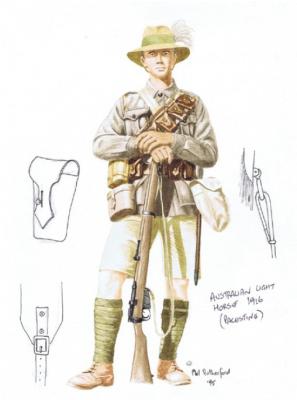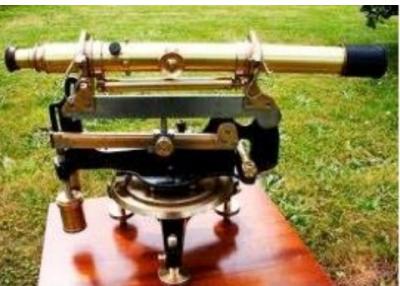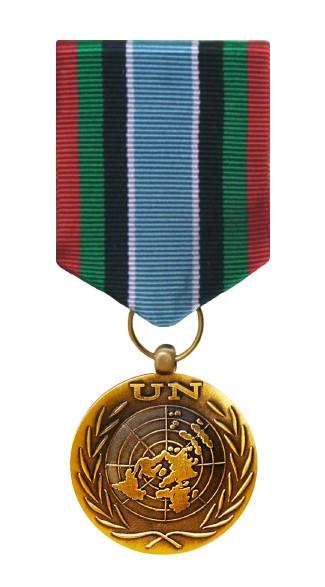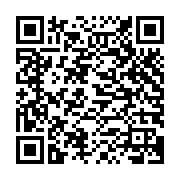Medal, Post 1945, Peacekeeping, United Nations Assistance Mission for Rwanda (UNAMIR and UNAMIR II)
Awarded for 90 days service to the Mission; overseeing the cease-fire, providing humanitarian aid and repatriating refugees in Rwanda. Australian personnel in Rwanda witnessed many traumatic events, and were often in grave danger. Many people serving in Rwanda experienced distressing situations. In total, 612 Australians served in Operation Tamar as part of the United Nations (UN) peacekeeping missions to Rwanda. It was one of the most difficult peacekeeping missions ever undertaken by the Australian Defence Force (ADF). Australia's medical personnel performed extraordinary work in Rwanda under very challenging conditions. However, the UN's peacekeeping efforts in Rwanda ultimately failed.
Rwanda is a small, landlocked country in the Great Rift Valley of Central Africa, about two-fifths the size of Tasmania. Decades of tension between Rwanda's majority Hutu population and the minority Tutsi led to outbreaks of violence and political unrest, which descended into civil war. In 1993, Rwanda and Uganda asked the UN Security Council to help prevent military use of their border area. In June 1993 Security Council sent a small group of military observers to Uganda to monitor the border with Rwanda. In October, the UN Security Council replaced its military observers with the larger United Nations Assistance Mission for Rwanda (UNAMIR). This comprised just over 2,000 personnel.
The initial goals of UNAMIR were to: help ensure the security of the capital, Kigali; monitor the ceasefire agreement; monitor the security situation leading up to elections; andhelp with landmine clearance help coordinate humanitarian activities.
The presidents of Burundi and Rwanda were killed when their plane was shot down on 6 April 1994. In response and within hours, prominent Hutu figures seized control of the Rwandan government and began killing Tutsis in 100 days of extreme violence known as the Rwandan genocide. UNAMIR could not stop the violence debated whether all of UNAMIR should be withdrawn. Instead, on 17 May 1994, the UN mission was expanded with an additional 5,000 troops. The mission of 'UNAMIR II' was 'to contribute to the security and protection of displaced persons, refugees and civilians at risk in Rwanda.
Australia's support for UNAMIR II was Operation Tamar. The Australian sent 2 ADF contingents to Rwanda, each serving for 6 months. In total, 612 Australians were deployed as part of Operation Tamar: first contingent UNAMIR II from August 1994 to February 1995 and second contingent UNAMIR II from February to August 1995.
Despite the humanitarian crisis underway in the country, it was not intended that the Australians would provide humanitarian assistance. However, the changing situations experienced on the ground saw the Australians provide significant medical and other help to Rwandans.
In total, 612 Australians served in Operation Tamar as part of the United Nations (UN) peacekeeping missions to Rwanda. It was one of the most difficult peacekeeping missions ever undertaken by the Australian Defence Force (ADF). Australia's medical personnel performed extraordinary work in Rwanda under very challenging conditions. However, the UN's peacekeeping efforts in Rwanda ultimately failed.
The mandate of UNAMIR ended on 8 March 1996, and official operations ceased on that date. The UN completed its withdrawal of the mission from Rwanda in April 1996.
Details
Details
Each United Nations medal is identical in design, with a unique ribbon to identify the specific mission. The UNAMIR ribbon is ale blue central stripe edged with white and flanked by equal stripes of black, green and red.
National Peacekeepers' Day: On 14 September each year, Australia observes National Peacekeeper’s Day, the anniversary of Australia becaming the world's first peacekeepers to deploy into the field, in the Netherlands East Indies in 1947.
International Day of UN Peacekeepers: 29 May is a day of commemoration and acknowledgement of all military, police and civilian personnel who have served as peacekeepers with the UN. Since UN peacekeeping began, more than 4,000 peacekeepers from many countries have lost their lives while performing their duties under the UN flag.
Open in Google Maps
Nearest geotagged records:
Australian Army Museum of Western Australia
Australian Army Museum of Western Australia
More items like this
Other items from Australian Army Museum of Western Australia
- Post 1945, Western Australia, Folding Boat, Special Air Service Regiment
- World War 2, North Africa, Western Desert, German Africa Corps Tunic, 1942
- Medal, Post 1945, Peacekeeping, United Nations Force in Cyprus, 1964 - 2021
- Post 1945, Australia, Soldier's Field Equipment Display, 1990 - 2010
- Post 1945, South West Asia, Sinai, Peacekeeping, United Nations Emergency Force II, 1976 - 79
- Medal, Post 1945, Peacekeeping, United Nations Iran-Iraq Military Observor Group, 1988 - 1991
- Post 1945, Iran and Iraq, Peacekeeping, United Nations Iran-Iraq Military Observor Group, 1988 - 1991
- Medal, Post 1945, Peacekeeping, United Nations Multidimensional Integrated Stabilization Mission in Mali (MINUSMA), 2013 - 2023
- Medal Group, Pre 1914, Crimea, McMAHON, Western Australia Pensioner Guard
- World War 1, South West Asia, Sinai, Light Horse,1916
- Post 1945, Western Australia, Combat Ration, 2005
- World War 2, Western Australia, Rottnest Island, Coast Artillery Instrumentation, Depression Range Finder
